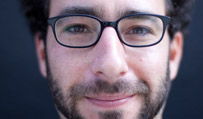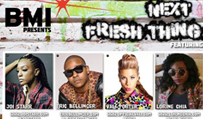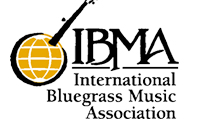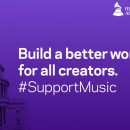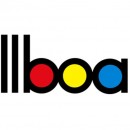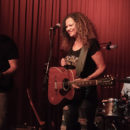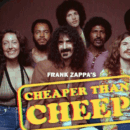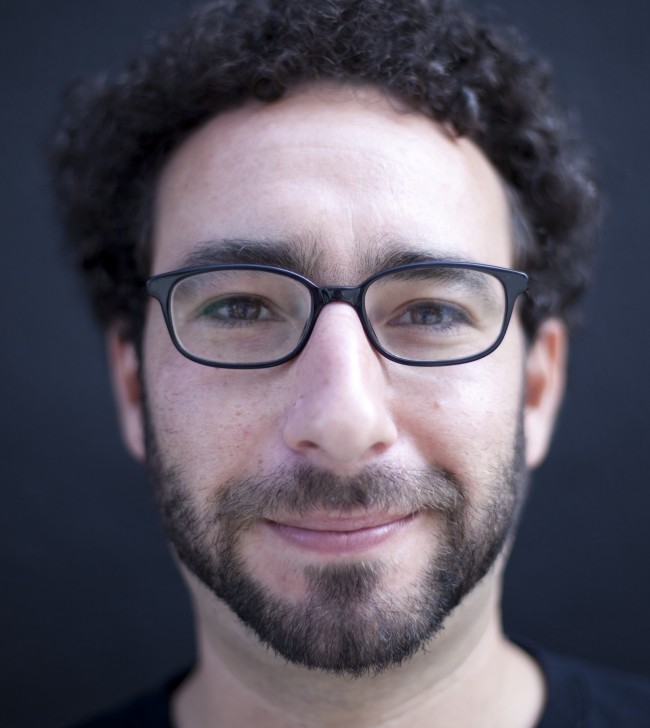
Adam Rabinovitz
Director of Artist Relations, Rdio
Years with Company: Less than one year
Web: http://rdio.com/artistprogram
E-mail: artistprogram@rdio.com
Clients: Bad Religion, Jim James (My Morning Jacket), Snoop Dogg (aka Snoop Lion), Questlove (the Roots), Brendan Benson (Raconteurs), of Montreal, Scissor Sisters, Aaron Gillespie (Underoath), Chromeo, Y La Bamba, Ra Ra Riot, The Hush Sound, Best Coast
Background: If streaming services are the future of music consumption, rdio (pronounced r-dee-oh) is poised to lead the pack. offering a one-week complimentary trial in the US, the subscription program entices listeners with an unlimited buffet of ad-free, full-length albums they can access via PC, Android, Blackberry, nook or iPad. Adam Rabinovitz was hired last october to help content creators jump aboard.
From Physical Stores to Digital Realms:
I started as a record store clerk on Martha’s Vineyard. From there, I became a music director at a radio station, WEOS, in upstate New York and then a radio promoter in Boston at Planetary Group. I was there for two-and-a-half to three years and then got into digital distribution, the first incarnation [of which was] emusic.com. I then went into artist management and music marketing in New York. Following that, I had an eight-year stint at a company called IODA in San Francisco, which was the biggest global distributor of music and film.
New Opportunity:
Rdio officially launched in early August of 2010. That’s when they came out of beta, so they were approximately two years out before I came on board. They found me, but I’m an active user and knew some of the people over here. This is one of the more exciting opportunities I’ve seen.
Perfect Fit:
[What made me a good fit was] my knowledge of the music space and having been in digital distribution before and post-Napster. During my time at IODA, I was heading the client relations team and working with a number of artists and record labels around the world, knowing what their needs are and what their questions were, even before streaming and services like Rdio were in the marketplace. Managing a team and the ability to work with all the different products out there was a great window to where the industry was going. I know a lot of artists and it’s about the ability to work with and talk to artists on their terms about these new opportunities.
Direct to Artists:
I interface with the management community and artists directly, integrating the product we launched into the day-to-day efforts of artists. I’m really focusing on building bridges with the artist / management community. It’s as much direct to artist managers as it is to artists.
Getting On Board:
Artists should visit http://rdio.com/artistprogram, which includes information both on the program and how to sign up. The only requirements are that they actively use Rdio and have music available on the service. The application process takes less than five minutes; it’s easy and artist-friendly. Upon sign-up, we provide information on how to use the program, with examples of other artists and what they’re doing. We have a monthly newsletter we share in-site and do educational exercises around what successes have occurred.
Get Paid Directly:
We have deals with all the major labels and all the independent companies, as well as aggregators, so there are a lot of paths to getting your music on the service. The fee associated with the program is $10 per subscriber. And the artist program does not in any way affect the existing payment structures with labels and publishers. This is a direct-to-artist payment and we are the only service that has a direct-to-artist function as far as the payment scheme is concerned.
Revenue Enhancement:
[Rdio is] a complementary opportunity that’s a way to supplement existing revenue streams. It’s difficult to make a living as a musician and we believe artists deserve to be paid, so we’ve created this opportunity to create revenue based on doing what they do naturally—connecting with their fans.

